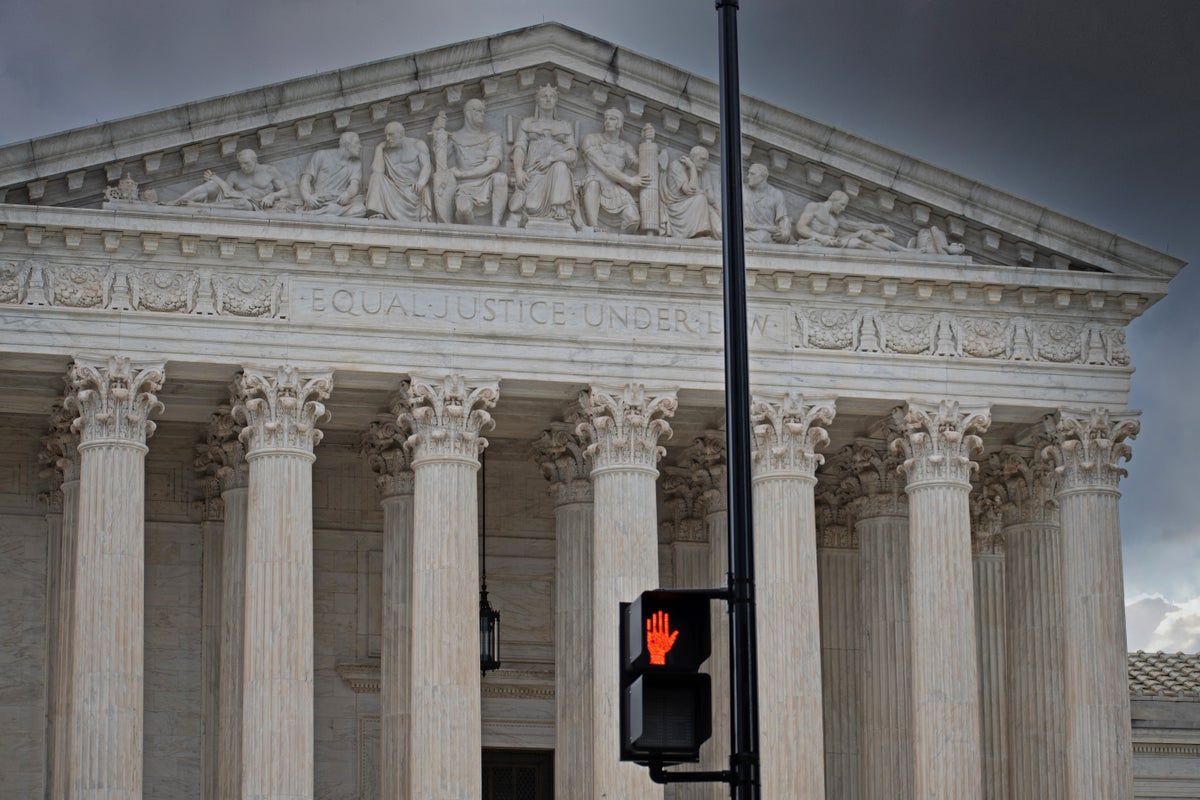When the Supreme Court’s Ohio v. EPA decision blocked Environmental Protection Agency limits on Midwestern states polluting their downwind neighbors, a sad but telling coda came in Justice Neil Gorsuch’s opinion. In five instances, it confused nitrogen oxide, a pollutant that contributes to ozone formation, with nitrous oxide, better known as laughing gas.
You can’t make this stuff up. This repeated mistake in the 5-4 decision exemplifies a high court not just indifferent to facts but contemptuous of them.
Public trust in the Supreme Court, already at a historic low, is now understandably plunging. In the last four years, a reliably Republican majority on the high court, led by Chief Justice John Roberts, has embarked on a remarkable spree against history and reality itself, ignoring or eliding facts in decisions involving school prayer, public health, homophobia, race, climate change, abortion and clean water, not to mention the laughing gas case.
The crescendo to this assault on expertise landed in June, when the majority’s Chevron decision arrogated to the courts regulatory calls that have been made by civil servant scientists, physicians and lawyers for the last 40 years. (With stunning understatement, the Associated Press called it “a far-reaching and potentially lucrative victory to business interests.” No kidding.) The decision enthrones the high court—an unelected majority—as a group of technically incompetent, in some cases corrupt, politicos in robes with power over matters that hinge on vital facts about pollution, medicine, employment and much else. These matters govern our lives.
The 2022 Kennedy v. Bremerton School District school prayer decision hinged on a fable of a football coach offering “a quiet personal prayer,” in the words of the opinion. In reality, this coach was holding overt post-game prayer meetings on the 50-yard line, ones that an atheist player felt compelled to attend to keep off the bench. Last year’s 303 Creative v. Elenis decision, allowing a Web designer to discriminate against gay people, revolved entirely on a supposed request for a gay wedding website that never existed that (supposedly) came from a straight man who never made the request. Again, you can’t make this stuff up. Unless you are on the Supreme Court. Then it becomes law.
Summing up the Court’s term on July 1, the legal writer Chris Geidner called attention to a more profound “important and disturbing reality” of the current majority’s relationship to facts. “When it needs to decide a matter for the right, it can and does accept questionable, if not false, claims as facts. If the result would benefit the left, however, there are virtually never enough facts to reach a decision.”
The “laughing gas” decision illustrates this nicely: EPA had asked 23 states to submit a state-based plan to reduce their downwind pollution. Of those, 21 proposed to do nothing to limit their nitrogen (not nitrous) oxide emissions. Two others didn’t even respond to that extent. Instead of telling the states to cut their pollution as required by law, the Court’s majority invented a new theoretical responsibility for EPA—to account for future court cases keeping a state out of its Clean Air Act purview—and sent the case back to an appeals court.
Source: The Supreme Court’s Contempt for Facts Is a Betrayal of Justice | Scientific American
And that’s not even talking about giving sitting presidents immunity from criminal behaviour either!

Robin Edgar
Organisational Structures | Technology and Science | Military, IT and Lifestyle consultancy | Social, Broadcast & Cross Media | Flying aircraft
